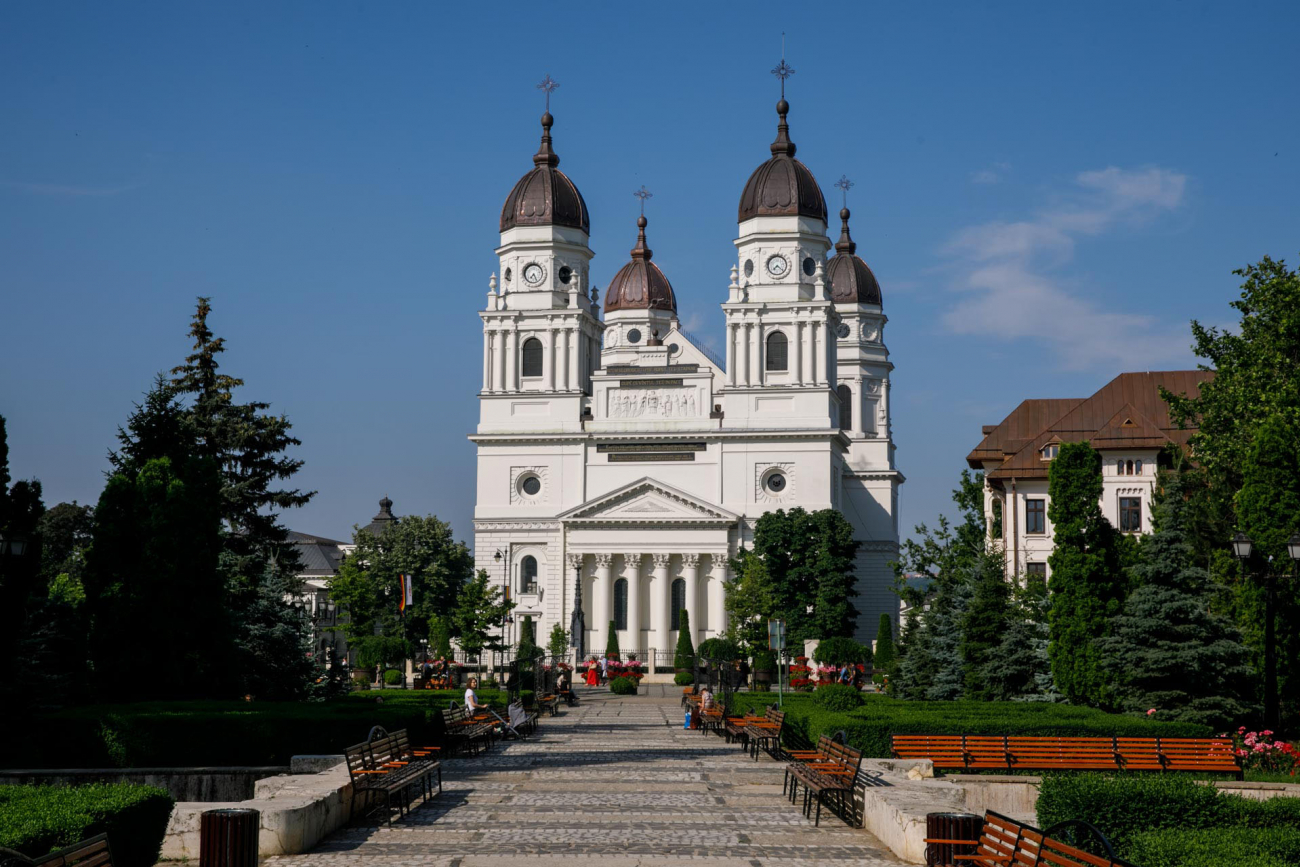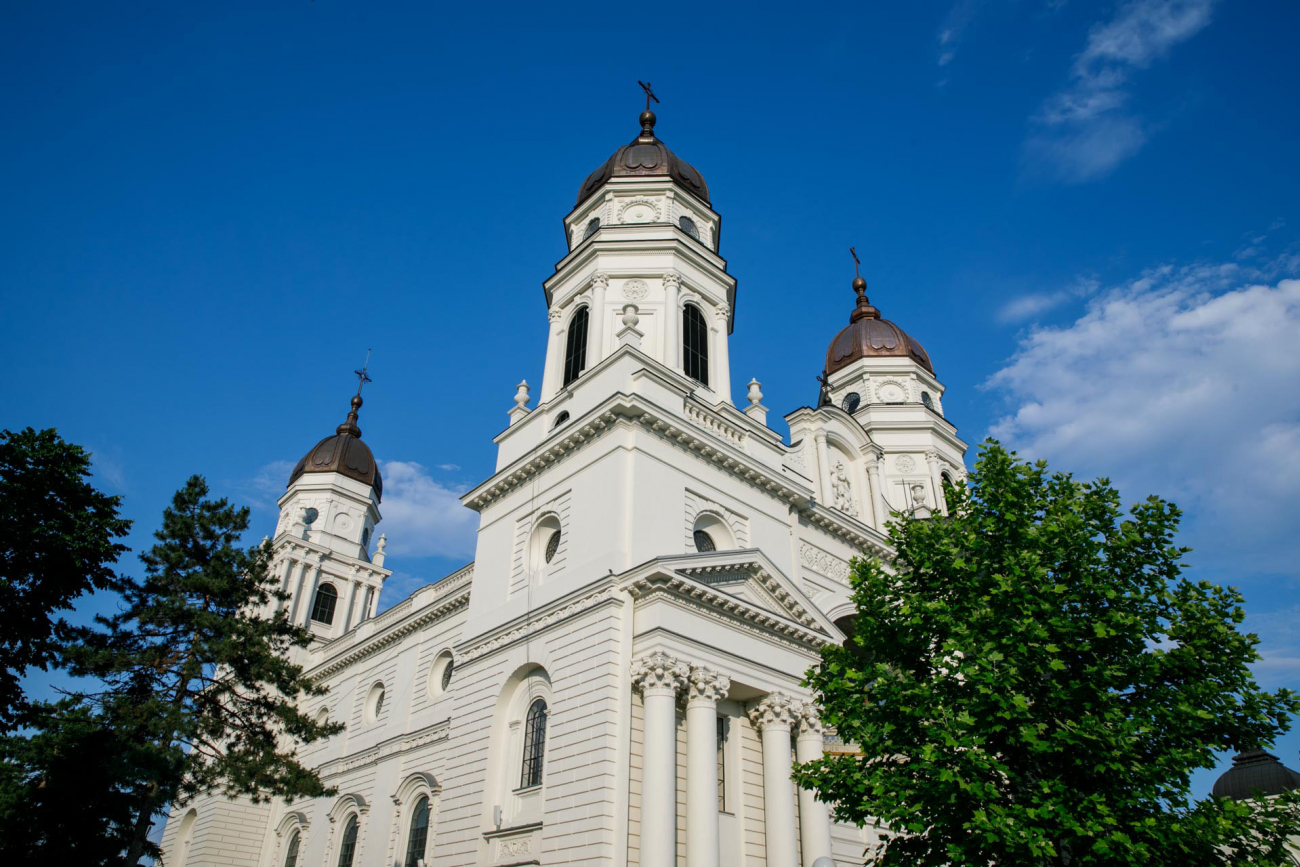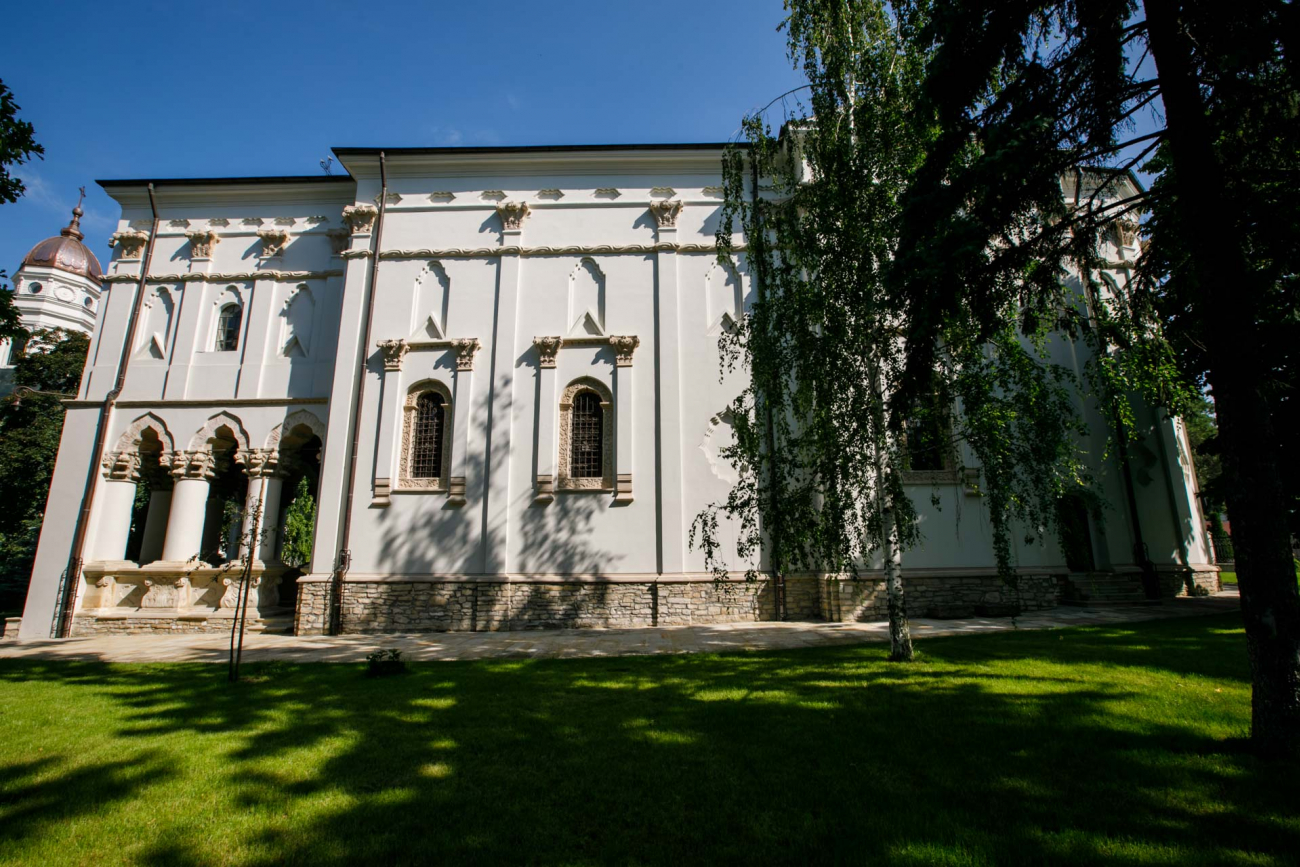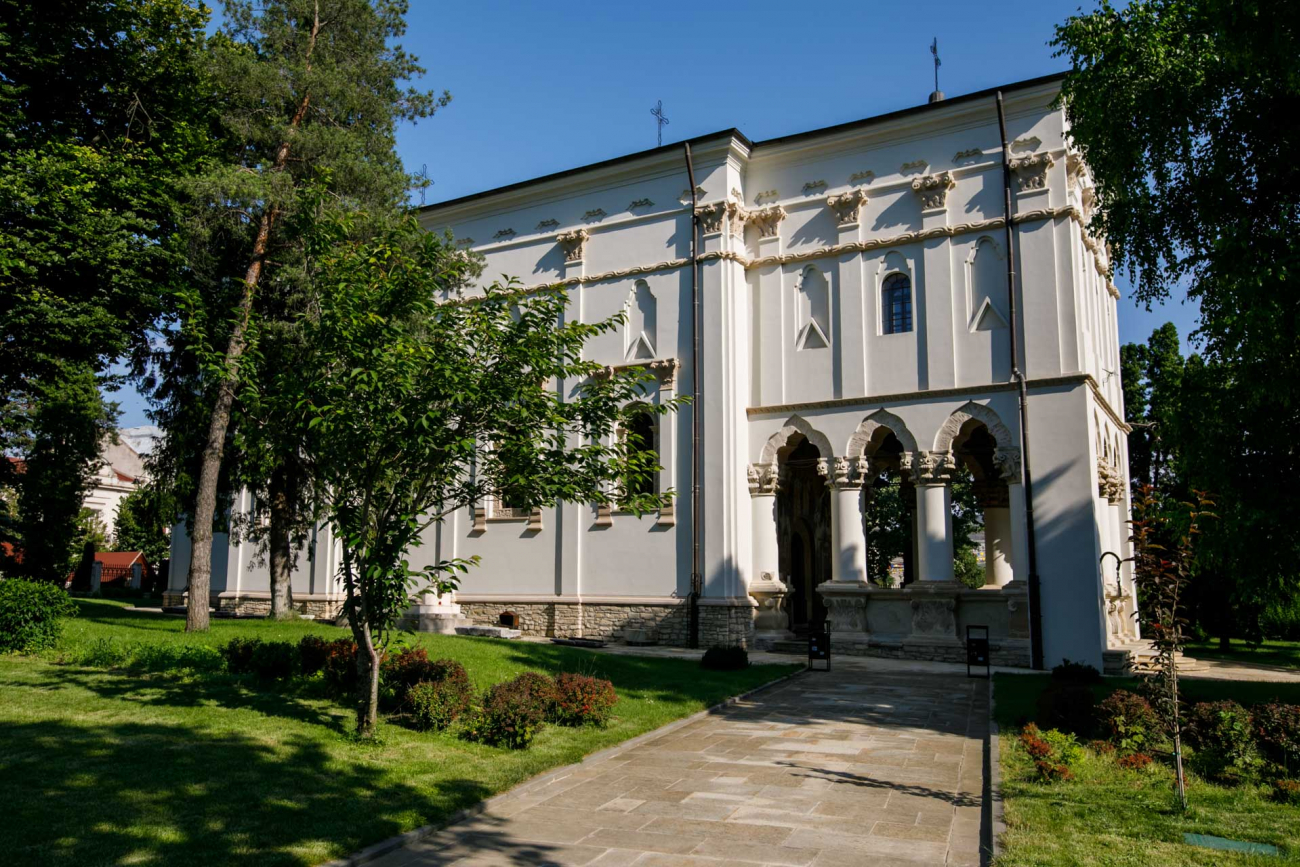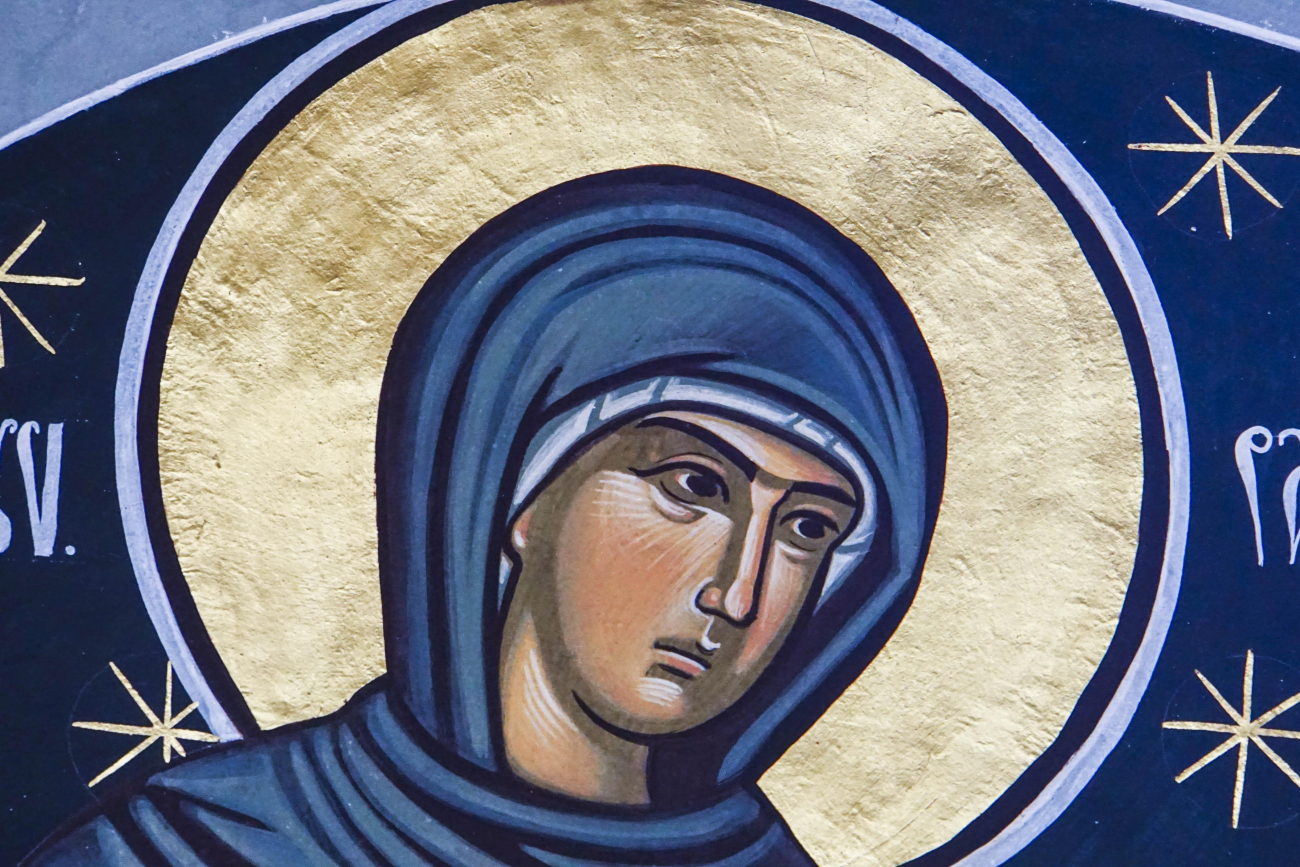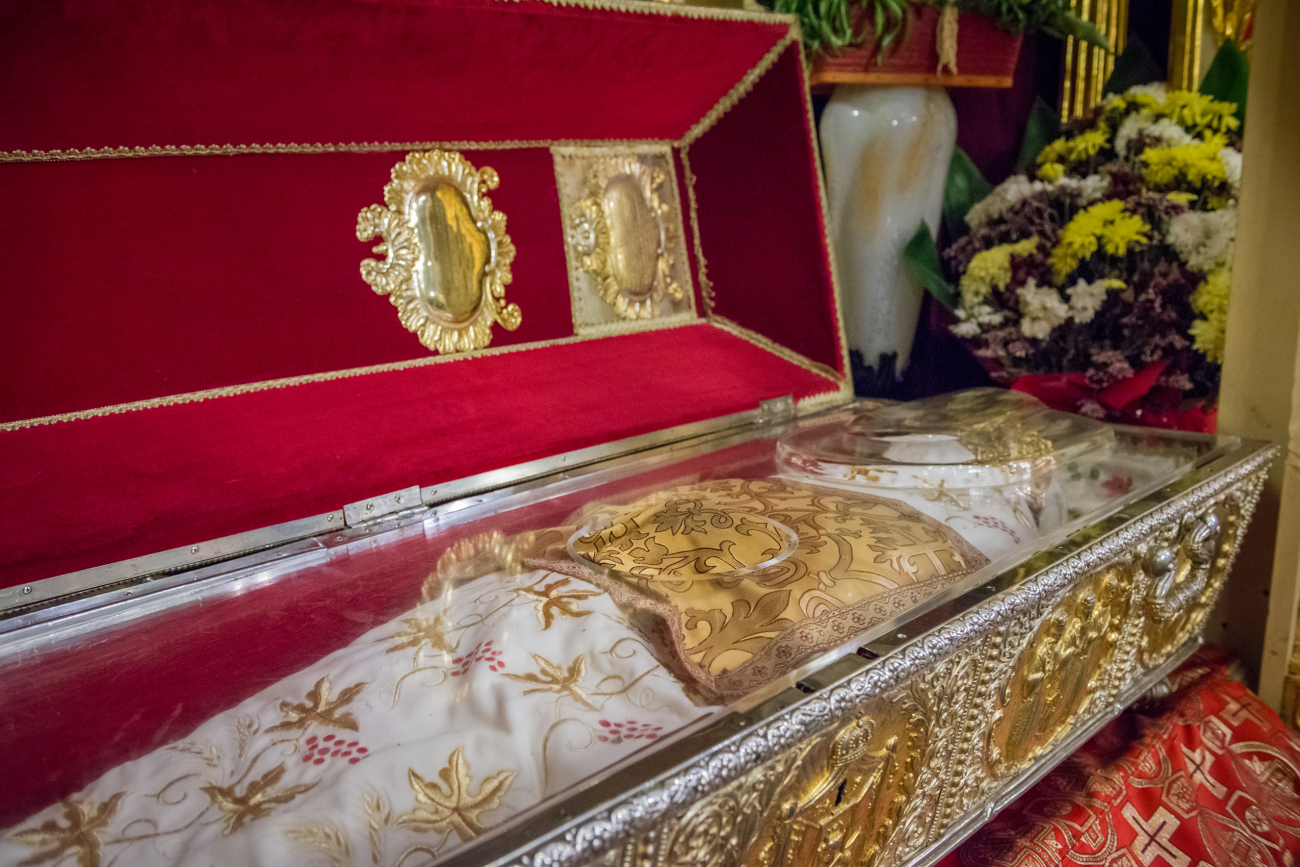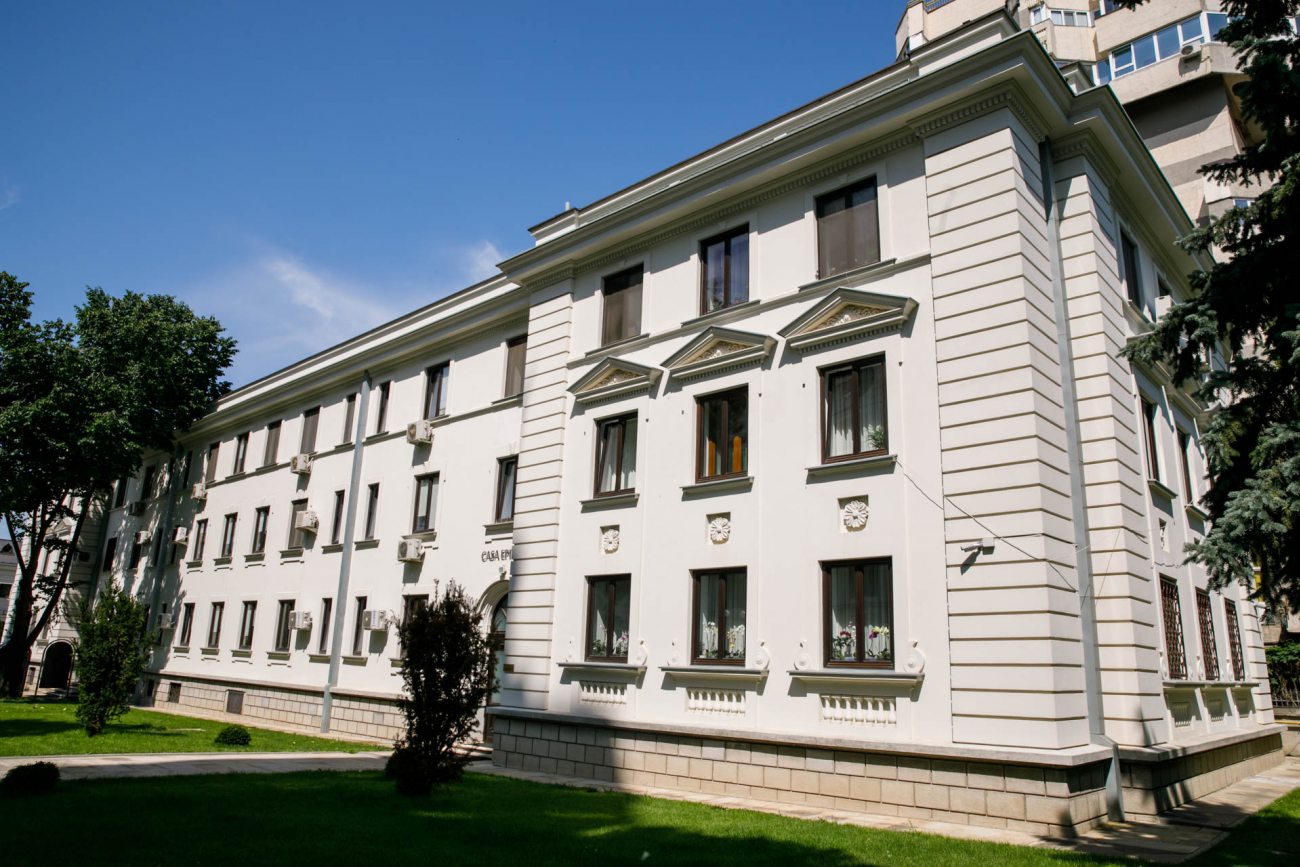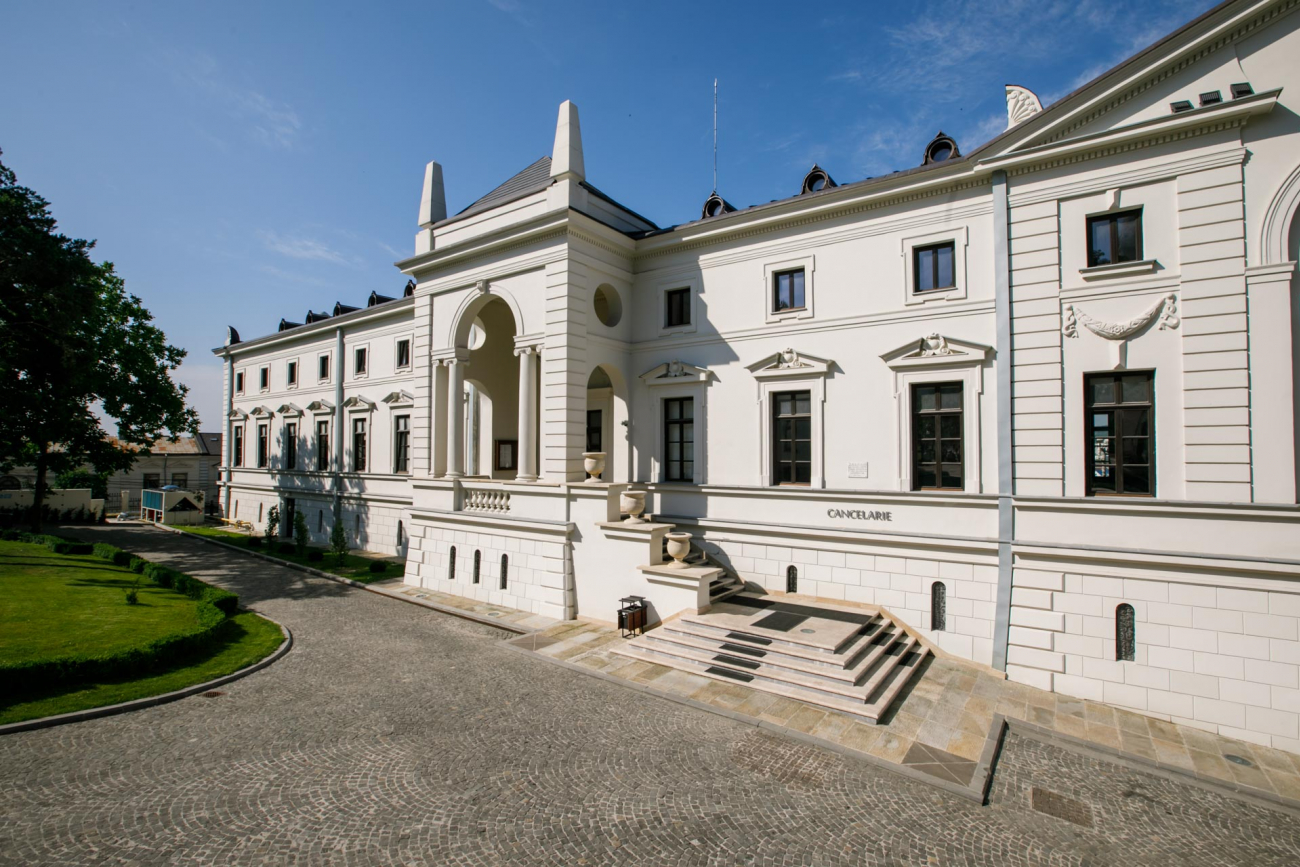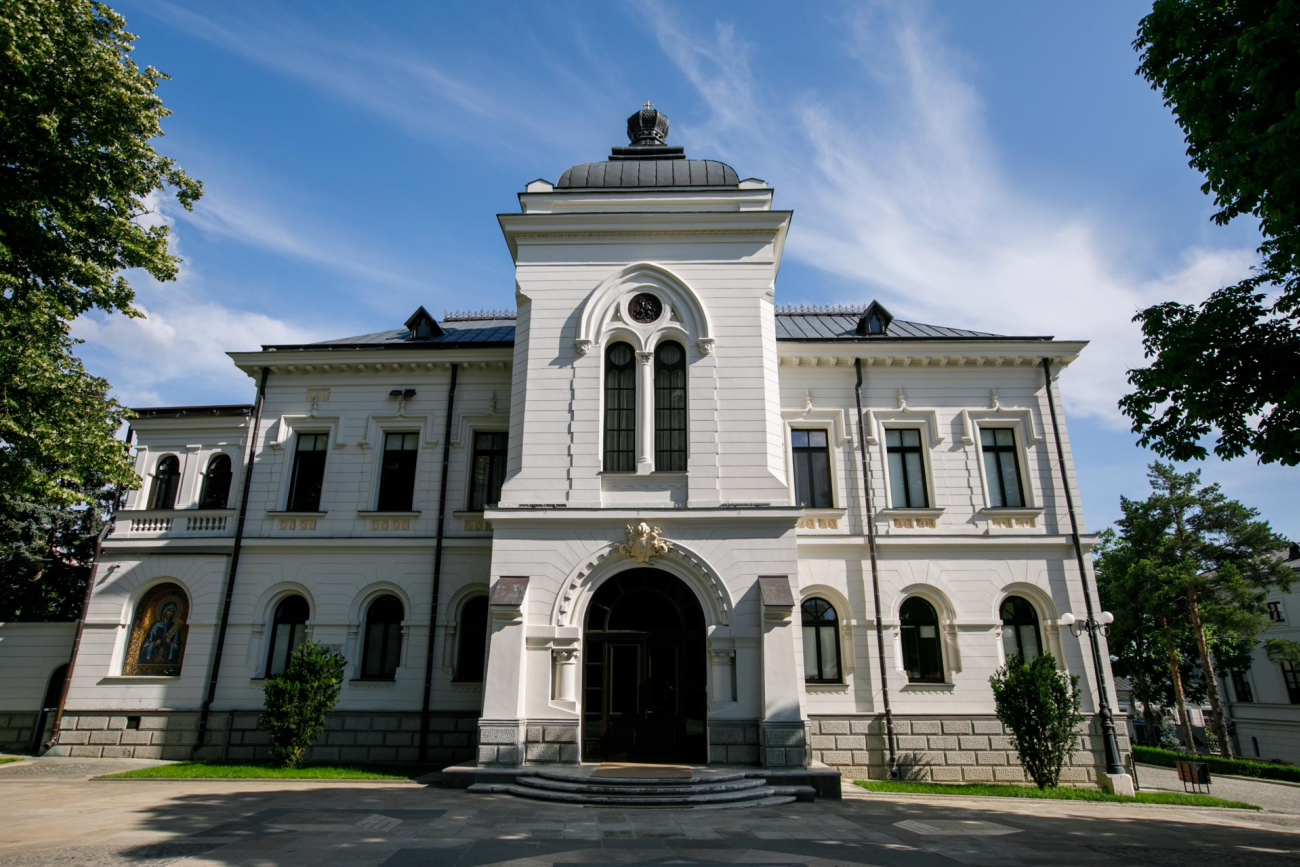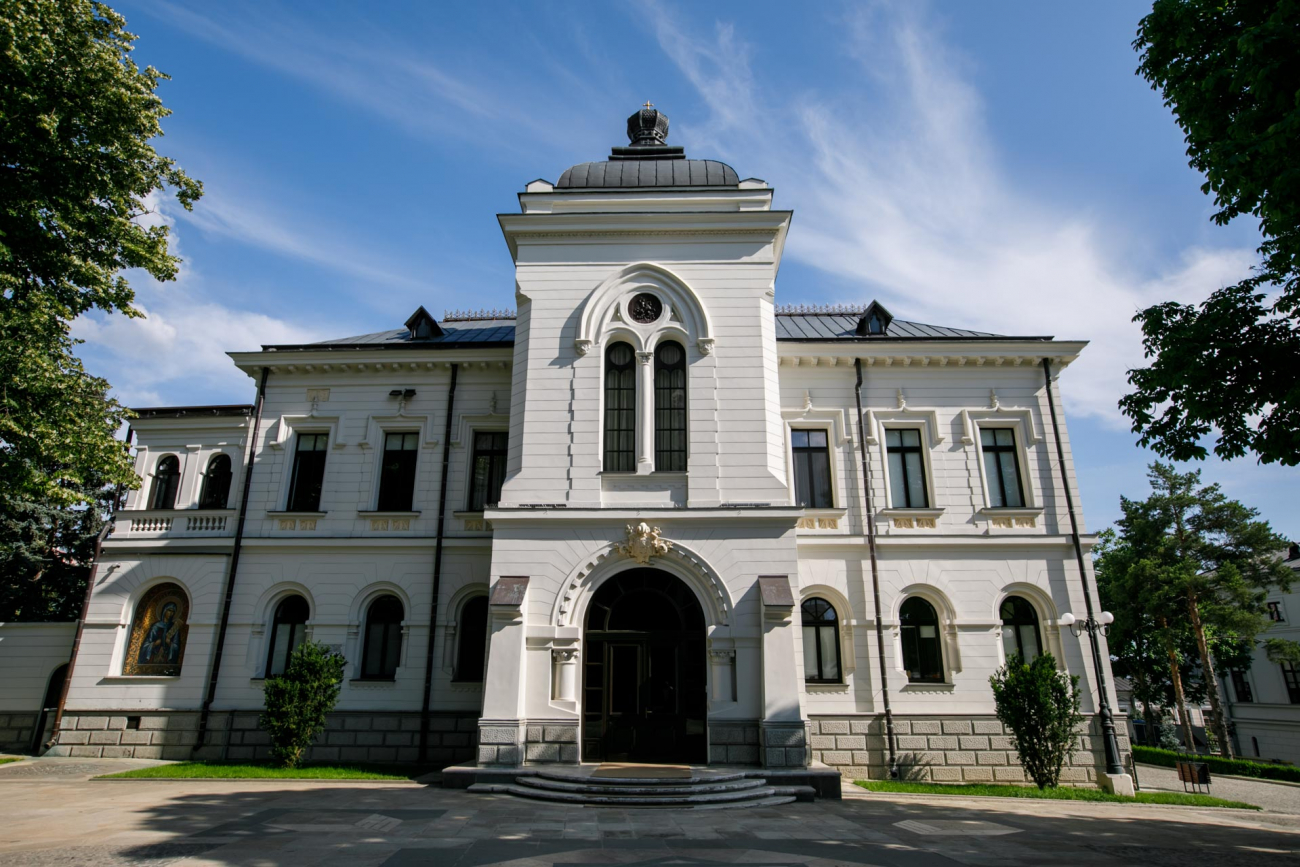About Metropolitan Complex
In the environs of the monumental church are: St George’s Church (the former Metropolitan Cathedral), the Metropolitan Palace, the Metropolitan Chancery with the Dr. Iustin Moisescu Festivities Hall, the Dumitru Stăniloae Metropolitan Library, the St George Monastic Home, the Dumitru Stăniloae Faculty of Orthodox Theology and the Metropolitan Nicodim Munteanu House.
Metropolitan Cathedral
The Metropolitan Cathedral of Iasi is a famous building erected in the XIXth century (1833-1886). Its foundations were laid on the same place were two older churches had once stood: the "White Church" (XVth century) and the church of the Presentation of the Lord (XVIIth century).
Metropolitan Cathedral
Metropolitan Cathedral - Foto galery
Painting
The Lights of the Cathedral
History
The Metropolitan Cathedral of Iasi - short history
Old Cathedral
Part of the Metropolitan Complex, the former Metropolitan Cathedral was built in 1761-1769 by Metropolitan Gavrill Calimachi of Moldavia, formerly of Thessalonica (1745-1760). For more than a century it was the Cathedral in which the bishops of Moldavia were ordained and the great religious ceremonies were held. Currently, the former Cathedral is used as Metropolitan Chapel. On 22 November 2006, due to the work of consolidation on the Metropolitan Cathedral, St Parascheva’s relics were moved temporarily in this church.
Old Cathedral
Old Cathedral - Foto gallery
History
St George’s Church, the Former Metropolitan Cathedral
Pious Saint Parascheva
Saint Paraskeva is born in Epivata on the shore of the Marmara Sea, in the first half of the 11th century. Although her earthly life was only 27 years, her ascetical work and the quest for spiritual fulfilment, granted to her the grace of God. She entered the monastic rule in a monastery in Constantinople, vesting her soul with the virtues of prayer, fasting and charity. She stayed for five years at the Monastery of the Holy Virgin in Pontic Heraklea, and then she went to the Holy Land, in order to pray and to follow the steps of the Saviour. Receiving commandment from God, she went back in her native country, where she passed away to eternal life.
Saint Parascheva’s Life
Saint Parasckeve's Life
Administrative buildings
In 1959-1962, through the efforts of then Metropolitan Dr. Iustin Moisescu (1957-1977), later patriarch of Romania (1977-1986), important work was done in view of the systematization of the Metropolitan Complex. The project was entrusted to architect G. M. Cantacuzino who gracefully harmonized the new buildings with the existing edifices around the Metropolitan Cathedral. The area to the west near the main entrance in the Cathedral was arranged as a generous esplanade, offering a new perspective on the monument. On either side, stairways flanked by balustrades run downhill toward the lower court yard of the Metropolitanate in the direction of the present-day St George Gate.





